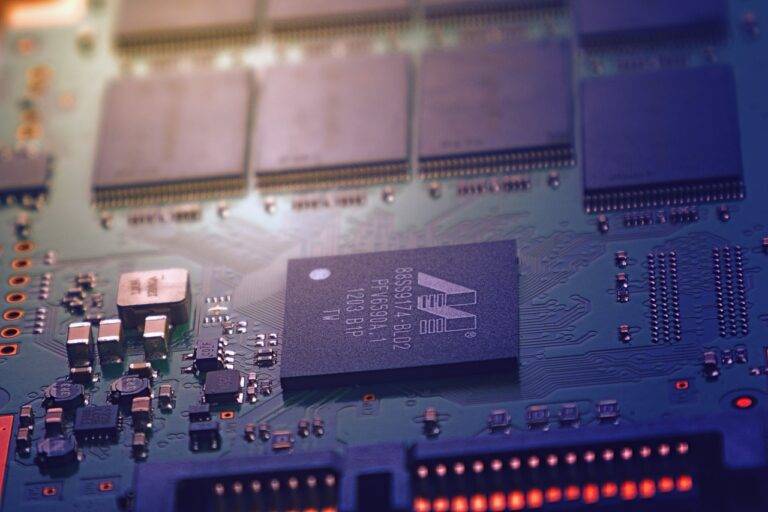The Future of Space Travel: Tech Challenges and Breakthroughs
Humans have always been intrigued by the mysteries beyond our planet. The origins of space exploration can be traced back to ancient civilizations like the Greeks and Chinese who gazed at the stars and pondered the cosmos. However, it was not until the 20th century that significant advancements in technology enabled humans to venture beyond the confines of Earth’s atmosphere.
The first major milestone in space exploration history was the launch of the Soviet satellite Sputnik 1 in 1957, marking the beginning of the space age. This event sparked a race between superpowers to explore and conquer outer space, leading to iconic moments like the Apollo moon landings and the construction of the International Space Station. These early missions laid the foundation for the remarkable achievements and challenges that continue to shape space exploration today.
Current Challenges in Space Travel
Space travel is undoubtedly one of the most ambitious endeavors humanity has ever embarked upon. However, this grand pursuit is not without its challenges. One of the primary hurdles in space exploration is the harsh environment of outer space. The lack of atmosphere, extreme temperatures, radiation exposure, and microgravity all pose significant risks to astronauts and equipment.
Another major challenge facing space travel is the issue of long-duration missions. The human body is not designed to withstand extended periods of time in the space environment, leading to various health concerns such as muscle atrophy, bone density loss, and radiation-induced illnesses. Developing solutions to mitigate these effects and ensure the well-being of astronauts during prolonged space missions is crucial for the future of space exploration.
Advancements in Propulsion Systems
The field of propulsion systems has seen significant advancements in recent years, with researchers and engineers continually pushing the boundaries of what is possible in space travel. One of the most promising developments has been the utilization of ion propulsion, which offers a highly efficient and long-lasting method of propulsion for spacecraft. By ionizing and accelerating propellant particles, ion propulsion systems can achieve speeds that far exceed those of traditional chemical rockets.
Another area of focus for advancements in propulsion systems is the development of nuclear propulsion technologies. These systems harness the power of nuclear reactions to generate thrust, offering the potential for faster and more efficient space travel. Although still in the experimental stages, nuclear propulsion holds the promise of enabling crewed missions to distant planets and even interstellar travel in the future.
What are some key advancements in propulsion systems for space exploration?
Some key advancements include the development of ion propulsion systems, solar sails, and nuclear propulsion technology.
How have propulsion systems evolved over the history of space exploration?
Propulsion systems have evolved from traditional chemical rockets to more efficient and advanced systems like ion propulsion and nuclear propulsion.
What are some of the current challenges in space travel that propulsion systems aim to address?
Some of the current challenges in space travel include the need for faster travel times, increased payload capacity, and more efficient propulsion systems.
How do ion propulsion systems work?
Ion propulsion systems work by accelerating ions using electromagnetic fields to generate thrust, which can provide continuous acceleration over long periods of time.
What role do propulsion systems play in the future of space exploration?
Propulsion systems will play a crucial role in enabling future missions to explore deeper into space, travel faster, and carry larger payloads.





